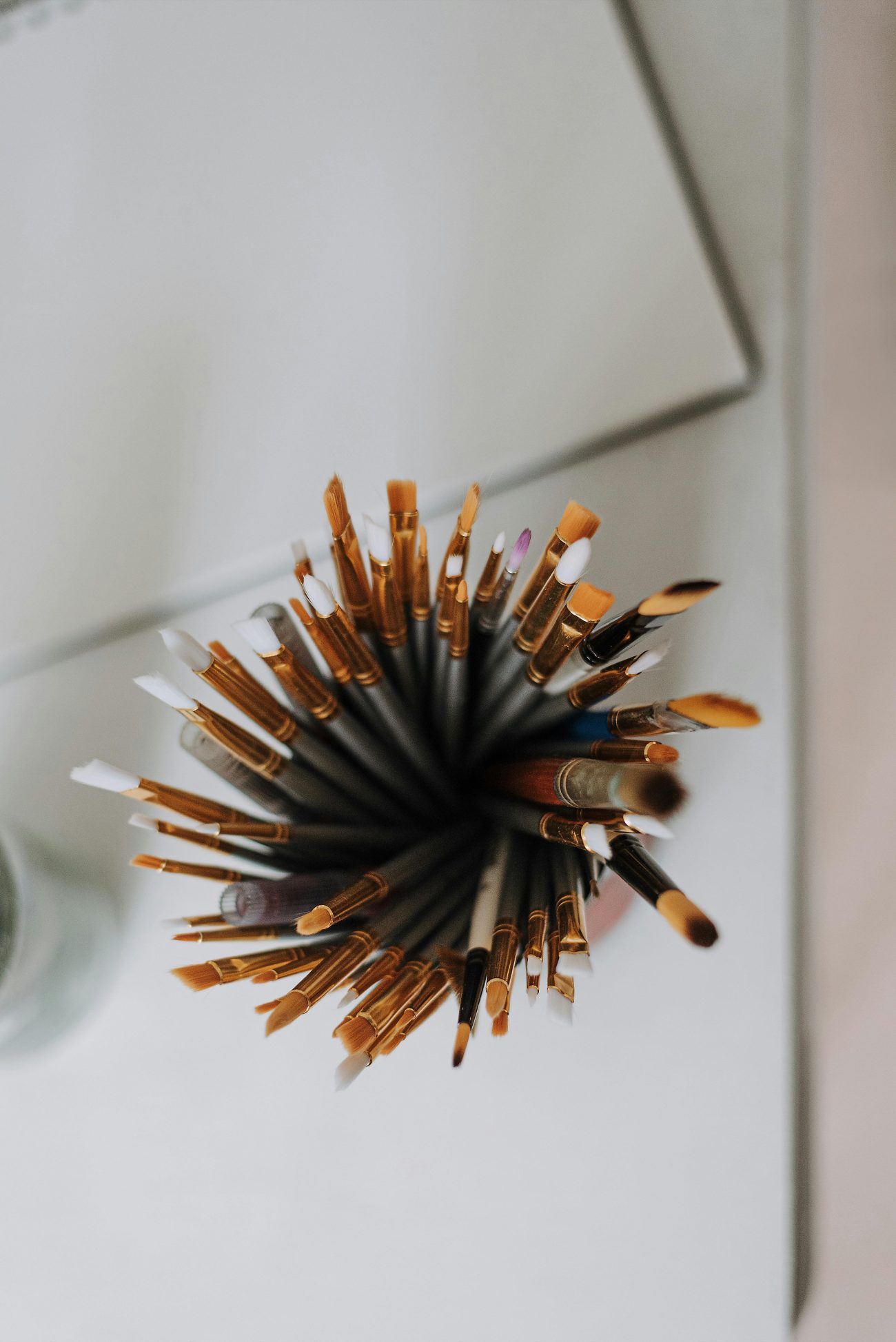Art has always been a reflection of human creativity, evolving alongside technology and culture. From the earliest cave paintings to today’s digital masterpieces, artists have experimented with various mediums to express their visions. This journey from traditional painting to digital art showcases not only the diversity of tools available but also how each medium influences the creative process. Whether you’re an aspiring artist or an art enthusiast, understanding these mediums can deepen your appreciation for the craft and inspire your own artistic explorations.
The Timeless Appeal of Traditional Painting
Traditional painting remains one of the most revered art forms, with techniques passed down through generations. Artists work with physical materials like oil, acrylic, watercolor, and gouache, each offering unique textures and effects. Oil paints, for example, are prized for their rich, blendable colors and slow drying time, allowing for intricate layering. Acrylics, on the other hand, dry quickly and are versatile, making them ideal for bold, modern works.
Why Artists Still Love Traditional Mediums
Despite the rise of digital tools, many artists continue to embrace traditional painting for its tactile experience. The brushstrokes, the smell of paint, and the physical interaction with the canvas create a deeply immersive process. Additionally, traditional artworks hold a unique value in the art market, often fetching high prices due to their one-of-a-kind nature.
- Oil Paints: Known for depth and luminosity.
- Watercolors: Delicate and transparent, perfect for ethereal effects.
- Acrylics: Fast-drying and adaptable for mixed media.
The Rise of Digital Art: A New Frontier
Digital art has revolutionized the creative landscape, offering endless possibilities with just a stylus and a screen. Programs like Adobe Photoshop, Procreate, and Corel Painter allow artists to mimic traditional techniques or explore entirely new styles. Digital tools provide unparalleled flexibility—undoing mistakes, experimenting with layers, and even animating artwork with ease.
Advantages of Digital Art
One of the biggest draws of digital art is its accessibility. Artists no longer need expensive materials or large studio spaces; a tablet and software are enough to get started. Digital art also opens doors to new career opportunities, from concept art for films to NFT creations. The ability to share work instantly online has democratized the art world, allowing creators to reach global audiences.
- No physical supplies needed, reducing costs.
- Endless experimentation with brushes, textures, and effects.
- Easy corrections without damaging the artwork.
Bridging the Gap: Mixed Media and Hybrid Art
Many artists today blend traditional and digital techniques to create hybrid artworks. For instance, a painter might sketch by hand, scan the drawing, and then enhance it digitally. Others use digital tools to plan compositions before executing them on canvas. This fusion allows for the best of both worlds—organic textures combined with digital precision.
Examples of Hybrid Techniques
Some artists start with a watercolor wash, scan it, and add detailed linework digitally. Others create collages using cut paper and then refine them in Photoshop. The possibilities are limitless, and this approach often results in strikingly original pieces that stand out in galleries and online portfolios.
Choosing the Right Medium for Your Art
Deciding between traditional and digital art depends on your goals, preferences, and resources. If you love the feel of physical materials and enjoy the unpredictability of paint, traditional mediums might be your calling. If you prefer flexibility, speed, and the ability to edit effortlessly, digital art could be the better choice.
Factors to Consider
- Budget: Digital requires an initial investment in hardware/software.
- Style: Some techniques are easier to achieve digitally (e.g., hyper-realism).
- Portability: Digital art lets you work anywhere with a tablet.
Conclusion
Artistic expression knows no bounds, whether through the timeless strokes of a paintbrush or the precise clicks of a stylus. Both traditional painting and digital art offer unique advantages, and many artists find joy in exploring both. As technology continues to evolve, so too will the ways we create and experience art. The key is to experiment, stay curious, and let your creativity guide you—no matter the medium.
